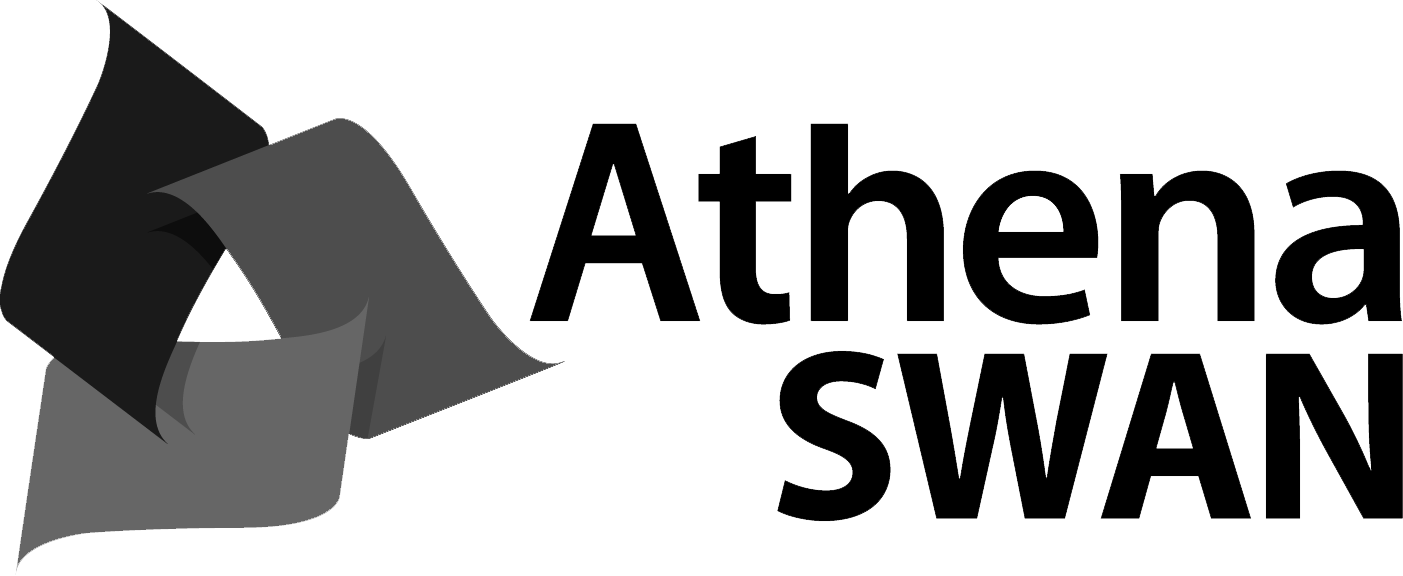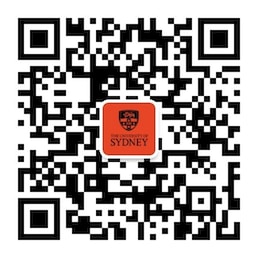This unit will introduce students to the knowledge, skills and clinical decision making processes necessary for effective assessment and treatment of patients across the age spectrum with acute and chronic respiratory and cardiac dysfunction. In particular, students will evaluate pathophysiological and functional consequences of surgery (abdominal, thoracic and cardiac), infective, inflammatory, restrictive and obstructive pulmonary disorders and cardiac artery disease. Students will learn the practical skills and develop treatment strategies to effectively manage respiratory problems. Additionally this unit will develop the student's knowledge of exercise and aims to apply the principles of exercise testing, prescription and training to patients who have cardiac and pulmonary limitations and other co-morbidities to exercise. The unit will provide students with an opportunity to apply, integrate and extend knowledge at a postgraduate level based on their previous degree.
Unit details and rules
| Academic unit | |
|---|---|
| Credit points | 6 |
| Prerequisites
?
|
None |
| Corequisites
?
|
None |
|
Prohibitions
?
|
None |
| Assumed knowledge
?
|
Bachelor's Degree Level study in Human Anatomy; Human Physiology; Neuroscience; Psychology; and Exercise Physiology is essential. |
| Available to study abroad and exchange students | No |
Teaching staff
| Coordinator | Tiffany Dwyer, tiffany.dwyer@sydney.edu.au |
|---|---|
| Tutor(s) | Tiffany Dwyer, tiffany.dwyer@sydney.edu.au |
| Sonia Cheng, sonia.cheng@sydney.edu.au | |
| Marita Dale, marita.dale@sydney.edu.au | |
| Christina Darwell, christina.darwell@sydney.edu.au |





